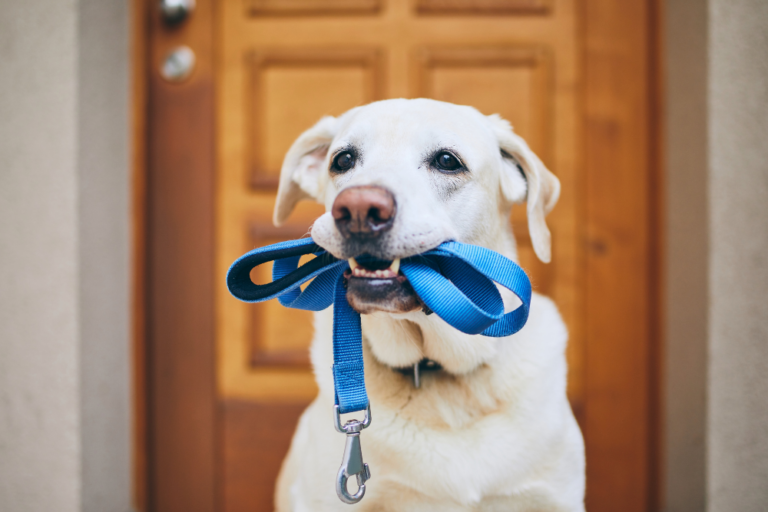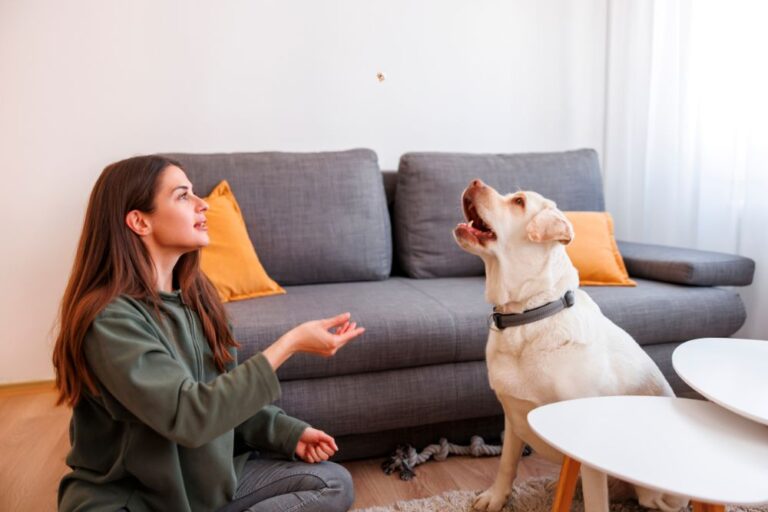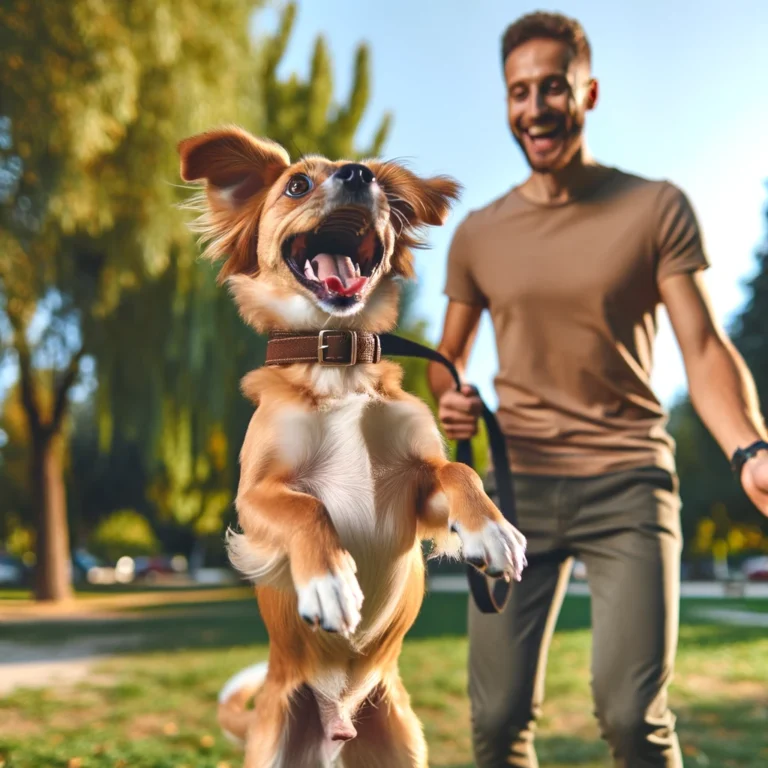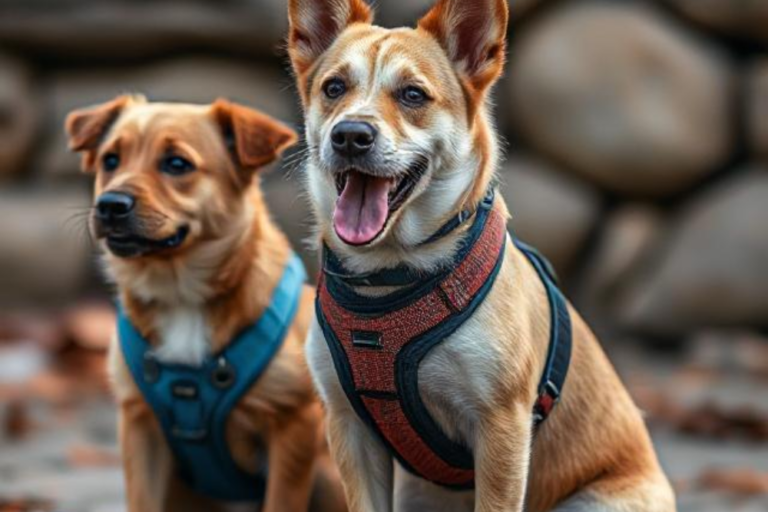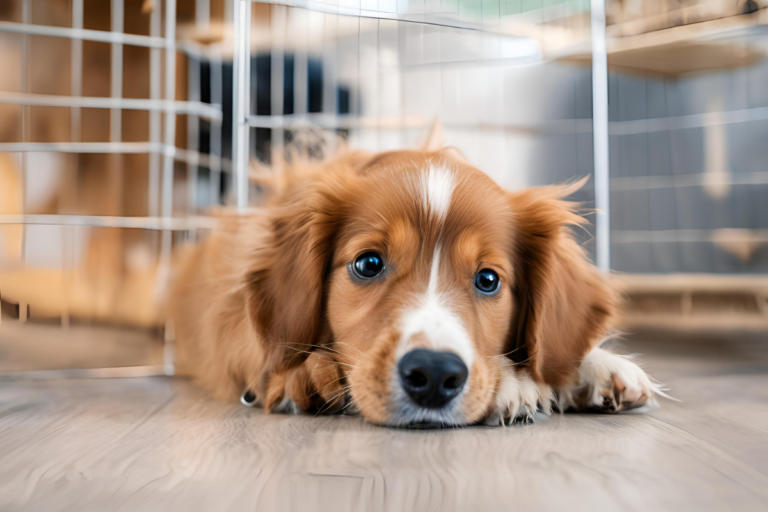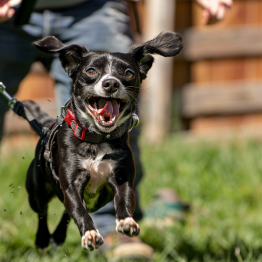Service Dog Training
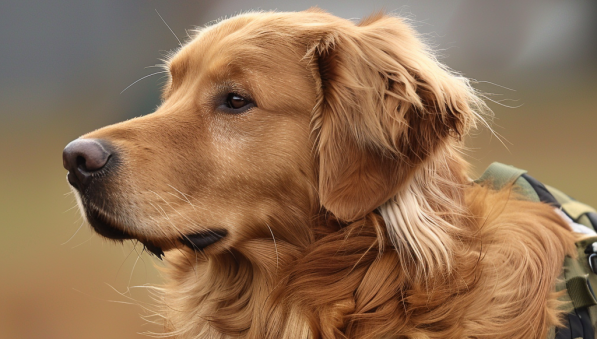
Service Dog Training
All about service dog training including training tips, best breeds and service work regulations.
What’s A Service Dog?
Service dog training encompasses Hearing or Signal Dogs, Seeing Eye or Guide Dogs, Assistance Dogs, Medical Assistance or Response Dogs, Psychiatric Service Dogs, Autism or SSIG (Social Signal) Dogs, Police, Military Dogs and more.
While numerous classifications all fall under the broad term “Service Dog”, with much of the basic training required being similar, advanced training techniques vary by class.
This particular article discusses service dog training and assistance dogs with the task of aiding people with physical limitations and disabilities.
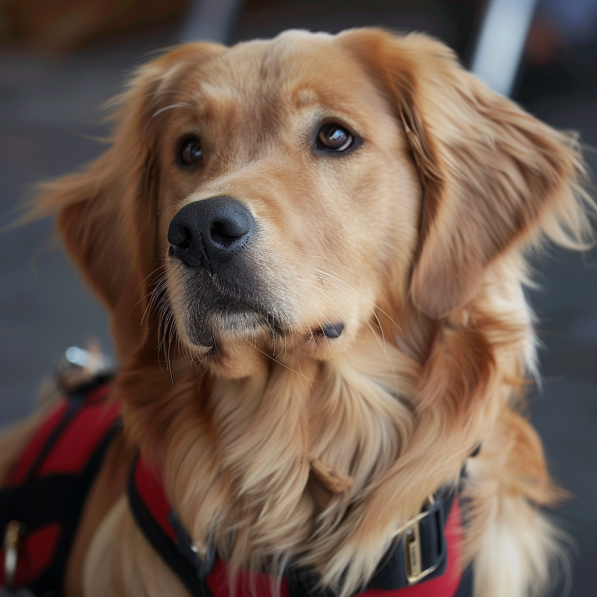
A Beautiful Service Dog
Of interest.. And according to the American Disabilities Act, or ADA, service dogs are legally allowed to accompany their owner into any public place. This includes buildings, airports, restaurants, stores, public transportation, buses, airplanes and any public place.
Service Dog Certification & Laws
There are no standardized certifications for service animals, yet certificates can be provided by legitimate training agencies and groups who actually confirm the training and abilities of the service animal.
However, certificates can simply be bought with no confirmation of the animal whatsoever. This can lead to controversy as some people have been known to exploit this legal loophole. Although abusing the system jeopardizing the rights and freedom of those that are truly disabled is a shame.
What many people don’t know is that by law.. Disabled persons and their service dogs are allowed access to all public places and accommodations, regardless of any local or State laws. No business or establishment can restrict a disabled person and their service dog from any public area or ask them to show proof of their disability. There is no requirement to provide any such registration or certificate as proof and no requirement to provide such documentation.
Be mindful though that business and public establishments may deny access or request you vacate if your service dog is disruptive, causes problems or exhibits behavior towards others such as aggression.
Identify Your Dog As A Service Animal
It’s common practice for service animals to adorn a vest, collar or other item that clearly indicates they are a service animal. If you see a service animal while out and about, remember, they should not be considered pets while working.
Service and assistance dogs should be left to work and accompany their handler.
TIP: You can read more about entering businesses or public places with a service dog at the ADA’s website here.
CAVEAT.. Therapy dogs are not classified as service animals and ARE NOT legally allowed access to public places like service dogs.
What Tasks Can Service Dogs Perform?
They sky’s the limit and a service dog is trained and conditioned tasks based upon the needs and disability of the person it will serve. As the specific needs of each individual differ, there are many different types of service dogs trained to perform as many different tasks.
- Push a life alert button or call 911.
- Open and close doors, cabinets or the refrigerator.
- Retrieve items that are dropped or fetch items from around the home.
- Retrieve the phone, cable remote or other household item.
- Pull a wheelchair, offer stability while standing or walking.
- Grab clothing or assist in removing shoes and socks.
- Switch lights on or off and even run for help.
What’s The Best Breed For Service Dog Training?
Honestly, any dog with a good temperament and disposition makes a good service dog candidate. In many cases, rescue dogs and shelter animals are homed and trained as outstanding service dogs. However, while certain breeds excel at assistance work, others are more adept to medical response.
These days it seems the most popular breeds for service dogs performing tasks, or assisting their handlers are the Labrador Retriever and Golden Retriever. Other popular breeds include German Shepherds, Standard Poodle, even toy breeds like Pappilion. And of course, let’s not forget the variety of mixed breeds that may make perfect service dog candidates.
I can say first hand that size, temperament and demeanor of any breed and the task it will be trained to perform is most important. We wouldn’t choose a toy breed to work as an assistant to someone that needs help walking. Not all pups of a particular litter are cut out for service work, the character and temperament of the puppy plays a major factor here. A dog with natural retrieving instinct that exhibits a strong bond with people makes a great service dog candidate. I’ve even seen Doberman Pinschers and an occasional Pit Bull working as service dogs.
Being a Great Dane enthusiast, I can write that my Dane Bruiser had a perfect mellow temperament for service work. Simply by conditioning calm and socializing him he gravitated towards people, even strangers. When my elderly neighbors would arrive after Sunday Morning worship, good ole’ Bruiser would walk over and stand fast near their car door, offering a nice stable body for them to pull up on and get out of their car.
As you can see and by my personal views, while breed may be important, I truly feel it’s about each individual dog. Yes some dogs train easier than others so it makes perfect sense that certain breeds are chosen for service work over others.
.
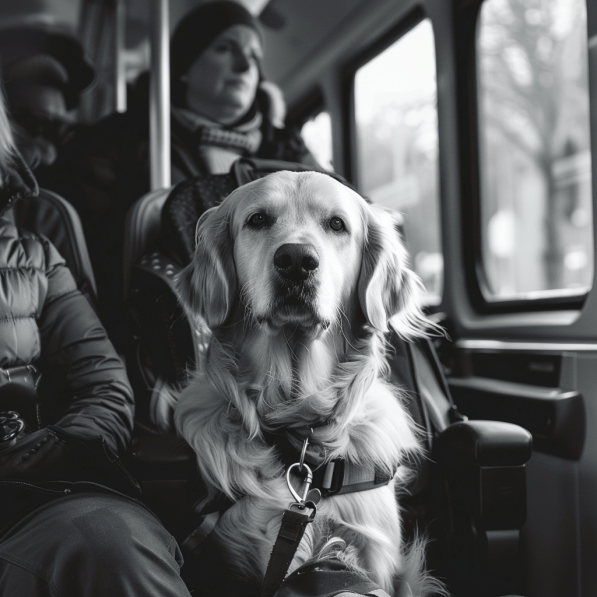
Service Dog Training Basics
With any dog, being planned for a future service dog or not, it’s best to begin obedience training and socializing early. You can read more on this topic which is basically puppy training 101 here. For most breeds, from birth to 6-months or so they are very impressionable. In these six short months we will set the foundation so to speak of who our dog will be as an adult.
Don’t miss this important opportunity to get an early start on dog obedience training and socializing your future service companion. It’s crucial that socialization and obedience are solid and second nature to your developing service animal. In addition socialization and a solid obedience skill set, assistance dogs often go through additional service dog training to acquire necessary basic skills.
A service animal should be accepting of and friendly to strangers. They should be confident and calm around crowds of people. Be able to Sit / stay and down / stay on command and have a solid dependable recall. Ignore distractions such as loud noises, other dogs, or whatever else you come across in public.
Once your puppy is about 6-months old, is house broken, well socialized and has a solid obedience skill set, you should plan on another 12 to 24-months of specific service dog training. This training is quite intense and while you can surely train the dog yourself, many will employ a professional trainer, or seek the assistance of an organization specializing in service dogs. While certain groups require the dog be surrendered or fostered during this training period, there are trainers and groups that will work with your dog in its home environment.
Trainers will work countless hours to hone the service skills required for the tasks that will be performed. Once the dog has a solid understanding while working with its partner, you’re pretty much finished. Yet typically, a period of 2 or 3-months of observation and additional reinforcement may be required to assure the dog is solid in performing required service work. If service dog training was done out of home, this period also allows a time for dog and owner to re establish their bond.
Service dog training in layman’s terms is basically conditioning your dog with positive reinforcement to repeat a task. We’ve all done this unknowingly, believe it or not. This simple routine of conditioning your dog to go to a spot and sit before you put food down, or ring a bell hanging from your doorknob to alert you it wants out to potty. You’ve got it now:) This is the same concept of commanding a service dog to fetch the remote control.
Of course this is an elementary comparison. It’s critical to have a rock solid dog that doesn’t falter in public and there’s a lot more to it. Solid obedience, socialization and focus as mentioned prior.
And lastly, such a strong bond between dog and handler takes on an issue of its own. There may be times when you will be separated. This can cause severe anxiety in both of you and both must remain steadfast. This is known as supervised separation and may occur for example, should you need surgery or a medical procedure.
A service dog must also be conditioned to remain calm when being transported. Accept regular grooming as you two will be out and about in public. Possibly even a restaurant?
In a Nutshell
Service dog training in a nutshell can be as complicated as it is simple, if that makes any sense. They key to training a good service dog begins with a disposition, early socialization and obedience using positive reinforcement and lastly, task specific training as covered above.
Any breed can be conditioned to perform a service yet certain breeds are favored. Many shelter dogs have been trained as service dogs and are now canine heroes to their partners!
Service dogs are trained to assist with the specific disabilities of the person they will be paired with but the tasks service dogs can perform are endless. Training begins with socialization and obedience and moving forward, can take up to two years to complete. To see a service dog at work is amazing, the bond between dog and human proves.. a dog is truly mans best friend.

